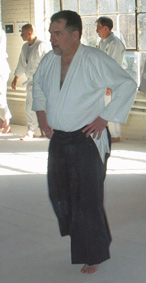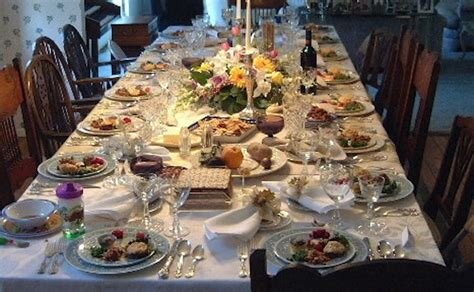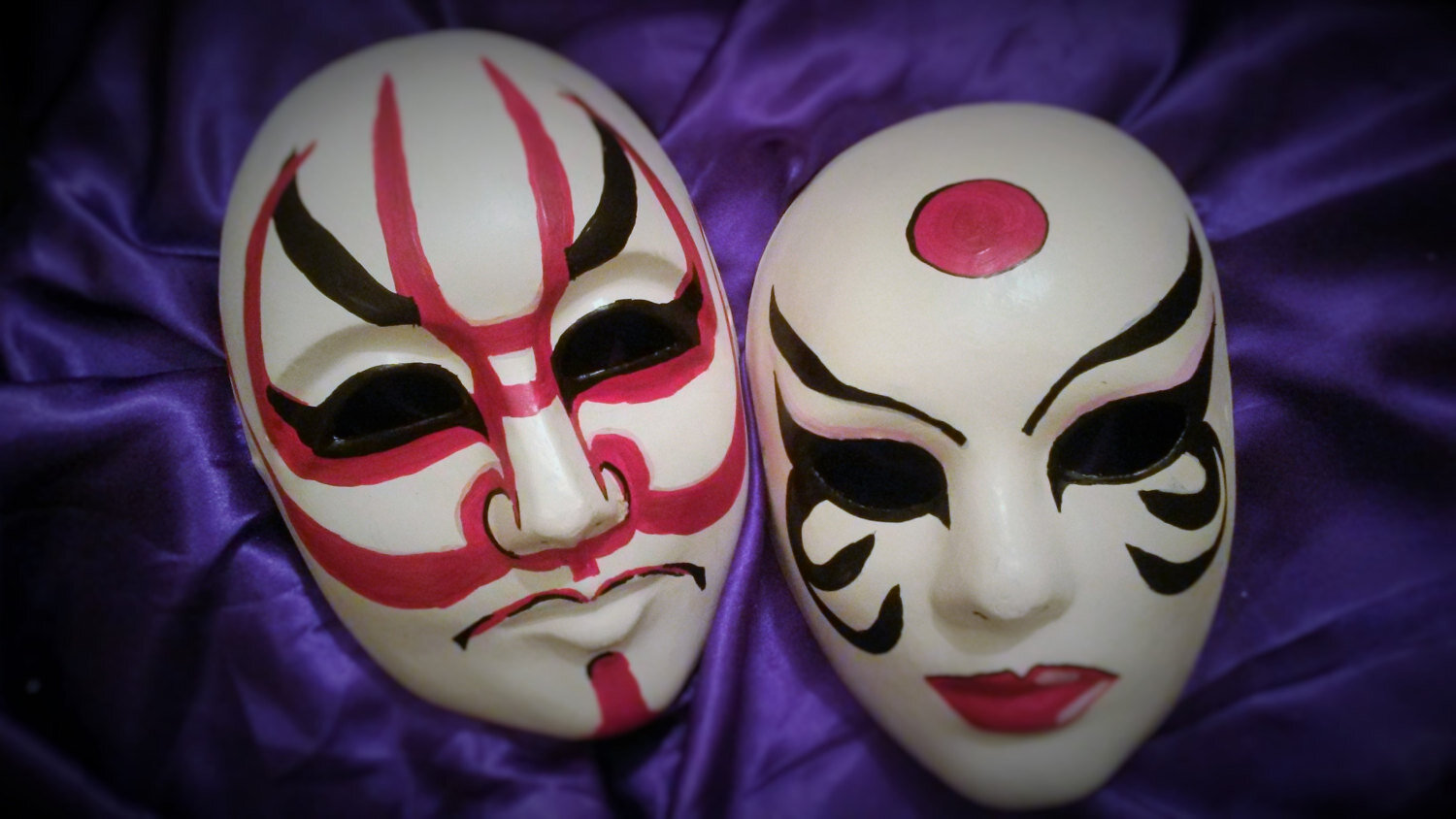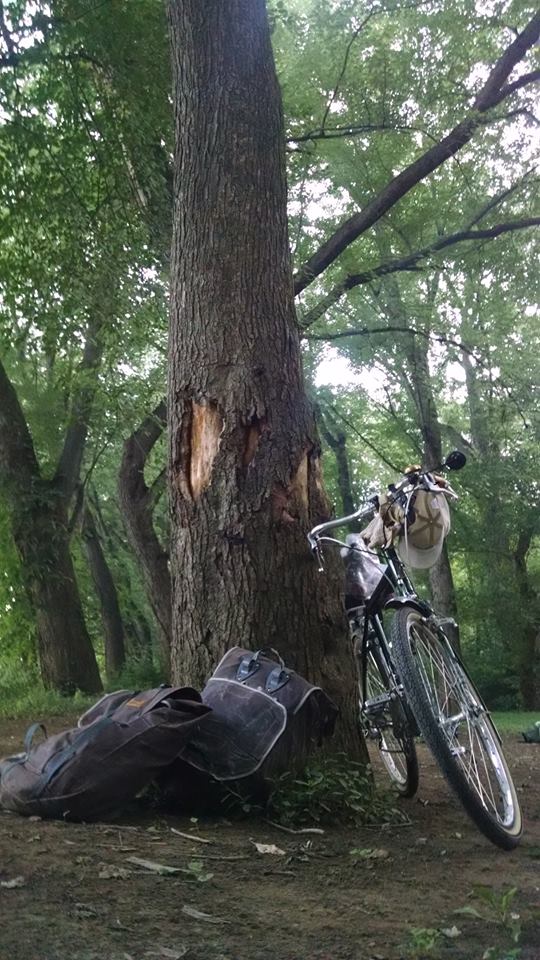 I've been a fortunate man. Four times in my life, when I have needed it most, I have walked through a door to find a place to call home. A place that, at least for a time, I could unpack my suitcase of Avery trinkets, put a picture or two on the dresser, and leave leftovers in the fridge without worrying about them getting stolen.
The first was when I arrived, via a rather circuitous route involving mountains, chain saws and motorcycles, at the university that was eventually to grant me a Bachelor of Philosophy degree in Interdisciplinary Studies. I remember my first night there, sitting alone in the pub in the basement of the dorm (yes, those were a thing back in the day), sipping on a beer and suddenly knowing -- without a shadow of a doubt -- that I was where I would find happiness for the next few years.
I've been a fortunate man. Four times in my life, when I have needed it most, I have walked through a door to find a place to call home. A place that, at least for a time, I could unpack my suitcase of Avery trinkets, put a picture or two on the dresser, and leave leftovers in the fridge without worrying about them getting stolen.
The first was when I arrived, via a rather circuitous route involving mountains, chain saws and motorcycles, at the university that was eventually to grant me a Bachelor of Philosophy degree in Interdisciplinary Studies. I remember my first night there, sitting alone in the pub in the basement of the dorm (yes, those were a thing back in the day), sipping on a beer and suddenly knowing -- without a shadow of a doubt -- that I was where I would find happiness for the next few years.
The second was when I walked into the house in which I now live. I knew -- I just knew -- that this was where my wife and I would raise our children and set down roots.
The third happened just a few years ago, as I climbed a staircase and met a room full of Druids, and in one flash, realized that this, too, was to become a home. Or, as I thought at the time, "these are my people!"
The last was just two weeks ago, as I once again stepped onto the mat of an Aikido dojo, after years of absence. I bowed, sat in the formal kneeling posture known as seiza, and began picking up the dropped pieces of my skills, beginning to re-assemble them into something similar to, but different than, what was. As I bowed before the shrine of the founder, I was filled with a flowing stillness, an unshakeable recognition that I and the universe were once again in harmony.
***
My relationship with Aikido, like any lifelong affair, has been smooth and stormy, healing and damaging, and in the end, very nearly discarded as lost. I first met Aikido through my now-deceased brother, on that twisting journey to my undergraduate school. By fortuitous accident (I was avalanche-blocked in the middle of a mountain climb in northern California), I ended up in Grant's Pass, Oregon, sleeping on a the floor at my brother's apartment. He had been dipping his toes into Aikido, and took me with him to a couple of classes. I was fascinated; the fluid force of the art was something I knew I wanted to learn. Instead, I moved back East, and returned to college, but the white practice uniforms and dark pleated skirts known as hakama were not forgotten.
Several years later, I found myself single and steadily employed in Boston. Looking for a way to meet new people (i.e., pretty single women), I discovered that there was an Aikido dojo not too far from where I lived. I signed up, and started going to classes. I loved it. At first the rolls made me dizzy, and I couldn't tell my right foot from my left, but I had no doubt that I would figure it out. Sadly, though, life started throwing some curve balls, and I had to throw my training clothes, keiko-gi, in the back of the closet and take care of business.
So, despite our first meeting in 1978, it wasn't until 1990 -- married, re-settled in Connecticut, and returning to school to become a doctor -- that Aikido and I began our longer dance. It was, by all accounts, a slow dance. I passed my test for the lowest level certificate -- 5th kyu -- in 1991, but it wasn't until 2005 that I was ranked at 1st kyu, which is only the level before your first black belt.
I had to balance my training against going to school, starting a practice, starting a family, and being a father during those years, so I wasn't always the most diligent of students. And, let's face it, I wasn't the most talented aikidoka to ever grace a dojo's mats. But I wouldn't quit, I couldn't quit. Something kept drawing me back. Aikido's various governing bodies are generally not anxious to hand out ranks, and the rank of shodan -- or first degree black belt -- typically takes 7 years, even though that rank is still considered only the beginning of your journey. It took me until 2007 to be granted my shodan. That was 16 years after I received my initial certificate.
The achievement initially invigorated me, but by then, I was feeling pretty battered. The Art of Peace can be practiced hard or soft, and though my teacher (sensei) encouraged me to practice the latter, I chose the former. By the time I had gotten my black belt, I had shattered my nose, separated my shoulder, suffered two concussions, been choked senseless, and busted my left big toe. None of this, mind you, was the fault of my sensei or the other students I trained with. In true karmic fashion, what I brought to the dojo reflected back on me fourfold. I staggered on, but my attendance drifted off, and then stopped entirely. I think I kept paying for my dojo membership for another year or so, because I wanted to keep hope alive in my mind that I would return. I didn't. Between 2009 and a few weeks ago, I tried one comeback, which failed entirely. I didn't last a month. I hurt, and worse, I felt incompetent.
***
Though I had physically clearly left the dojo, my mind never did. Sometimes, even years after training, I would have a dream in which I was doing throws and pins. Walking down the street, I would imagine how I would respond if jumped from behind, remembering in my mind the drop and turn that effectively turned your attacker's energy into your own. Clearly, some sort of martial flame still burned inside me. The warrior sought his escape, but my body refused to cooperate.
So last year, I began training in Tai Chi, a Chinese "internal" martial art, which is barely even martial. It is more employed for its health benefits than its fighting skills these days, though it remains a formidable skill. But it is the most gentle of arts, taught initially as a slow dance, during which one comes more to focus on the flow of energy -- Chi, or Ki (the same ki as in Aikido), than on any possible opponents. Even in paired form, the art of push hands is gentle and mannered. No-one goes tumbling to the floor, much less flying across the floor to land in a breakfall. This should have been the ideal practice for an aging martial artist with a deviated septum and a bum shoulder. And it was very enjoyable, at least initially. I learned the flow of energy, sensing it and feeling it in a way that has also informed my acupuncture practice, making me that much more accurate in my needle placement. Throughout the winter I trained. The studio I trained at had no formal wear, so I found myself going to class in what I called the "clothes of a broken man," a pair of sweat pants, a t-shirt, and a hoodie. The sartorial commentary alone tells you how I felt about things. I was indeed broken, my body no longer capable of what I had long trained it to.
Over time, a few things began to bother me. This training studio (I never heard it referred to as a dojo or dojang) was very westernized. A cursory bow on the mat was the only etiquette observed; people talked in class, and the entire session was treated somewhat casually. The instructor was referred to by his first name, and he talked. A lot.
I had spent most of my life training under far more austere conditions. I was trained to bow when I walked in the dojo, with a seated bow as I stepped onto the mat. Class was started with all of the aikidoka sitting seiza in a line, waiting for sensei to arrive, at which time we all bowed together, and to our sensei, shouting "Onegai shimasu!" (Please let me train with you!). The formality of the dojo is, in a way, a buffer for the sometimes dangerous activities that go on within, and a way of preparing the mind for the class. After class in the dojo, we bowed to the Founder again, bowed to sensei, and after she left the mat, we bowed to each other individually.
At the Tai Chi studio, we walked around and high-fived each other, then after another cursory bow, we walked off the mat. For someone who had emotionally and spiritually grown up in an environment of martial ritual -- and who knew what that ritual was for and the power it possessed -- this was, in the long run, very uninspiring.
I took a break last spring to focus on my cycling, as I had a couple of long tours lined up. In August, I began considering my return to Tai Chi, and found it unpalatable. It didn't scratch the martial itch inside me, the need to swing a bokken or a training partner overhead. It's taken me 58 years, but I have learned to listen to my heart. And it was telling me to go back to my long-lost love. Against the wishes of my wife (who, let's face it, has put up with a great deal of martial nonsense over the course of our marriage), I sent an email to the sensei who had guided me from my 2nd kyu to my shodan.
"Would you take me back on the mat?" I asked.
"Avery," she wrote, "you are more than welcome back!"
So I went.
My first class was fun. That was the class that I turned the key in the ignition to see if the engine still ran. I didn't care if it was two cylinders or four, I needed to know if their was gas in the

tank and spark in the plug. There was. I even found that I remembered much of what I had left behind. Aikido had been so burned into my muscle fibers and synapses, it required very little encouragement to come out.
The second class was also fun, but in a different way. That was when I found out that I was still misfiring. As we were shown a throw, and then squared off with partners to practice it, I found that I would randomly -- in the middle of a throw -- switch from the one demonstrated to another one that my mind remembered at random. Fortunately, my training partner was flexible and put up with my chaos willingly.
A few more classes, and that had settled down. I found that I still remembered much, and was not nearly as hobbled as I feared. I also realized that my somewhat maligned training in Tai Chi had, in fact, given me what I most needed. I was softer now, I could be slower, less harsh and demanding of both me and my training partner. It was a gift a never knew I had been given. I noticed that I was smiling, and even laughing sometimes, as I worked the attacks and throws with different partners.
When I had returned to the dojo, in deference to my lack of training (and in deference to a somewhat expanded waistline), I didn't wear my hakama. It didn't seem right, somehow, when I didn't even know if I could roll or throw. Last week, sensei told me give it a try. So I put it on; it was a little snug, but it felt right, like I belonged in it. I wore the hakama for the first time Monday night, and as I rolled, fell and threw, I could feel it swirling around me, reminding me and encouraging me to stay on this path that I had almost abandoned.
At the end of class, I sat on my heels and bowed deeply, grateful for this last opportunity. I sat up and looked around, seeing the mats in front of me. I heard the quiet talking and laughter in the changing room behind me. I smelled the old familiar smells of hard work and sweat.
I was home again.






















